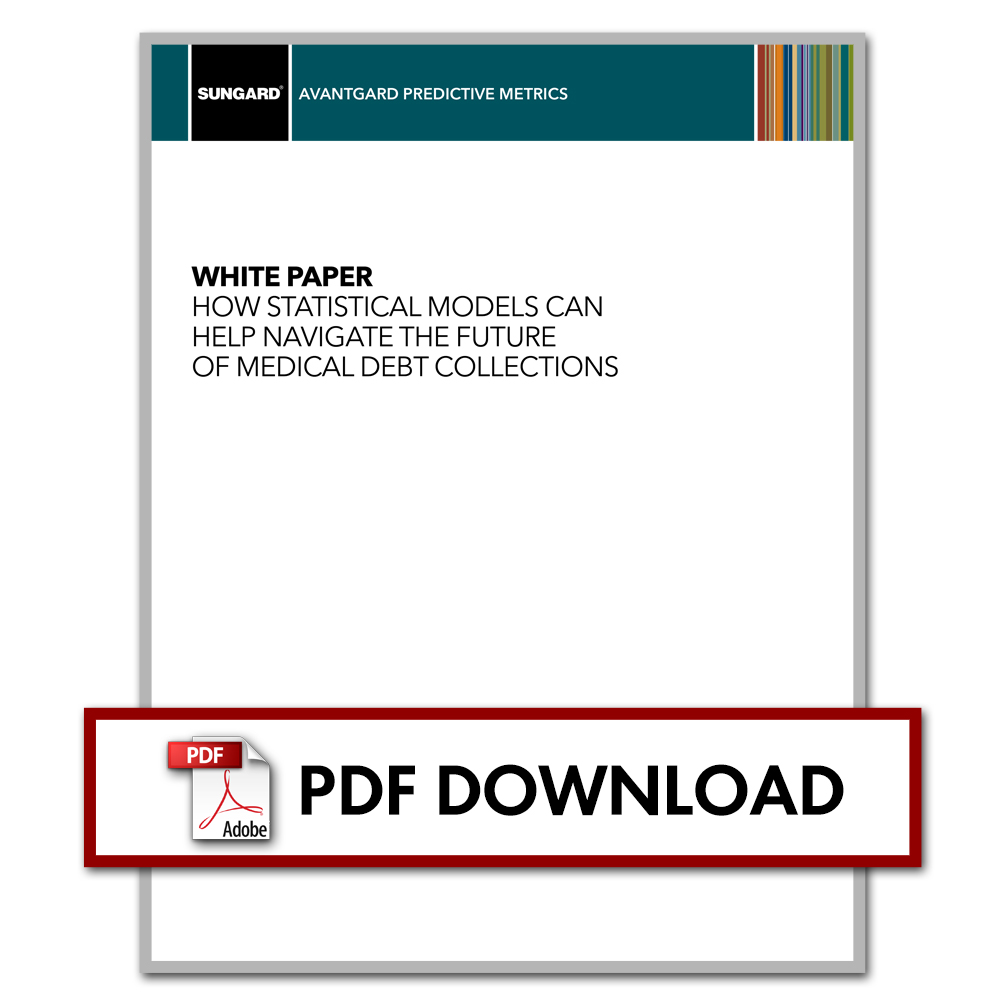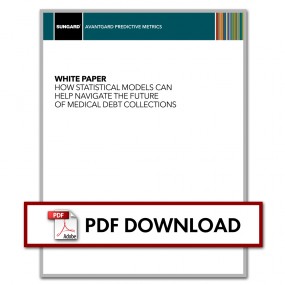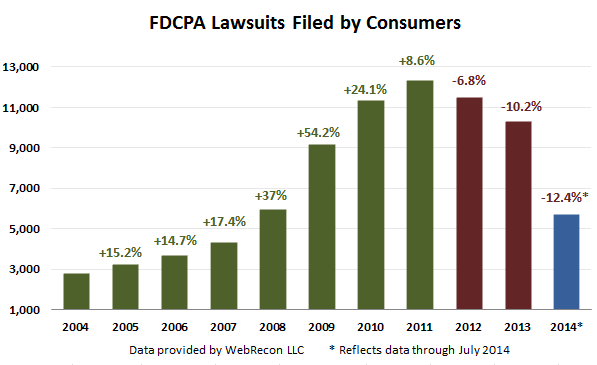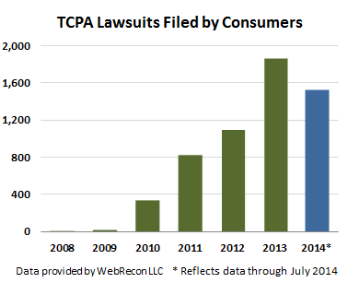
The Consumer Financial Protection Bureau Thursday announced the latest additions to its three advisory boards, including seven new members of its Consumer Protection Advisory Board. Joann Needleman, VP at law firm Maurice & Needleman and current President of the National Association of Retail Collection Attorneys (NARCA), was named as one of the new members.
The purpose of the Consumer Protection Advisory Board as outlined in the Dodd-Frank Act, is to “advise and consult with the Bureau in the exercise of its functions under the Federal consumer financial laws” and “provide information on emerging practices in the consumer financial products or services industry, including regional trends, concerns, and other relevant information.”
“To be selected to serve on the Consumer Advisory Board is a great honor and I believe it speaks volumes about NARCA’s strong working relationship with the CFPB, said Needleman. “For the last three years NARCA has helped to ensure that the protections in the courtroom afforded to consumers and creditors remain fair and balanced.”
New members of the Consumer Advisory Board serve three-year terms.
Needleman is the first member of the board to be directly involved in the ARM industry. But she noted that the board has members from a wide range of industries, including consumer finance, advocacy, and the legal profession.
“I have to give credit to the CFPB for selecting perspectives from across the spectrum,” she told insideARM.
The other members announced for the board are:
- Ann Baddour, Senior Policy Analyst, Texas Appleseed, Austin, Texas
- Julie Gugin, Executive Director, Minnesota Homeownership Center, St. Paul, Minn.
- Brian Longe, Chief Executive Officer, Wolters Kluwer Financial & Compliance Services, Minneapolis, Minn.
- J. Patrick O’Shaughnessy, President and Chief Executive Officer, Advance America Inc., Spartanburg, S.C.
- Gene Spencer, Senior Vice President, Stakeholder Engagement, Policy and Research, Homeownership Preservation Foundation, Minneapolis, Minn.
- James Van Dyke, Founder and Chief Executive Officer, Javelin Strategy & Research LLC, Pleasanton, Calif.
The Bureau also named new members to its Community Bank Advisory Council and Credit Union Advisory Council. New members of those groups serve two-year terms.
New Community Bank Advisory Council members:
- Angela Beilke, Vice President, Mortgage Department, American Bank & Trust, Davenport, Iowa
- Michael Gallagher, Senior Vice President, Risk Management Director, Enterprise Bank & Trust Company, Lowell, Mass.
- Paul Mackin, President and Chief Executive Officer, Think Mutual Bank, Rochester, Minn.
- Lynda Messick, President and Chief Executive Officer, Community Bank Delaware, Lewes, Del.
- John Motley, President, Colonial Savings, Fort Worth, Texas
- David Reiling, Chief Executive Officer, Sunrise Banks, Minneapolis, Minn.
- Monica Thomas, Executive Vice President, Illinois Service Federal, Chicago, Ill.
- Christopher Triplett, President, Chief Executive Officer and Chief Financial Officer, Newport Federal Bank, Newport, Tenn.
- Kathryn Underwood, President and Chief Executive Officer, Ledyard National Bank, Hanover, N.H.
New Credit Union Advisory Council members:
- Robert Falk, President and Chief Executive Officer, Purdue Federal Credit Union, West Lafayette, Ind.
- Jason Lee, Executive Vice President and Chief Financial Officer, Orion Federal Credit Union, Memphis, Tenn.
- Robin Loftus, Chief Operating Officer, Heartland Credit Union, Springfield, Ill.
- James McDaniel, President and Chief Executive Officer, Heritage Trust Federal Credit Union, Charleston, S.C.
- Robin Romano, Chief Executive Officer, MariSol Federal Credit Union, Phoenix, Ariz.
- Ronald Scott, President and Chief Executive Officer, Appalachian Community FCU, Rogersville, Tenn.
- David Seely, President and Chief Executive Officer, Kirtland Federal Credit Union, Albuquerque, N.M.
- John Winne, President and Chief Executive Officer, Boston Firefighters Credit Union, Boston, Mass.
NARCA President Among New Members of CFPB Consumer Protection Advisory Board
http://www.insidearm.com/daily/debt-collection-news/debt-collection/narca-president-among-new-members-of-cfpb-consumer-protection-advisory-board/
http://www.insidearm.com/feed
insideARM







 “U.S. hospitals provided $45.9B in uncompensated care in 2012, representing 6.1% of annual hospital expenses.”
“U.S. hospitals provided $45.9B in uncompensated care in 2012, representing 6.1% of annual hospital expenses.”







